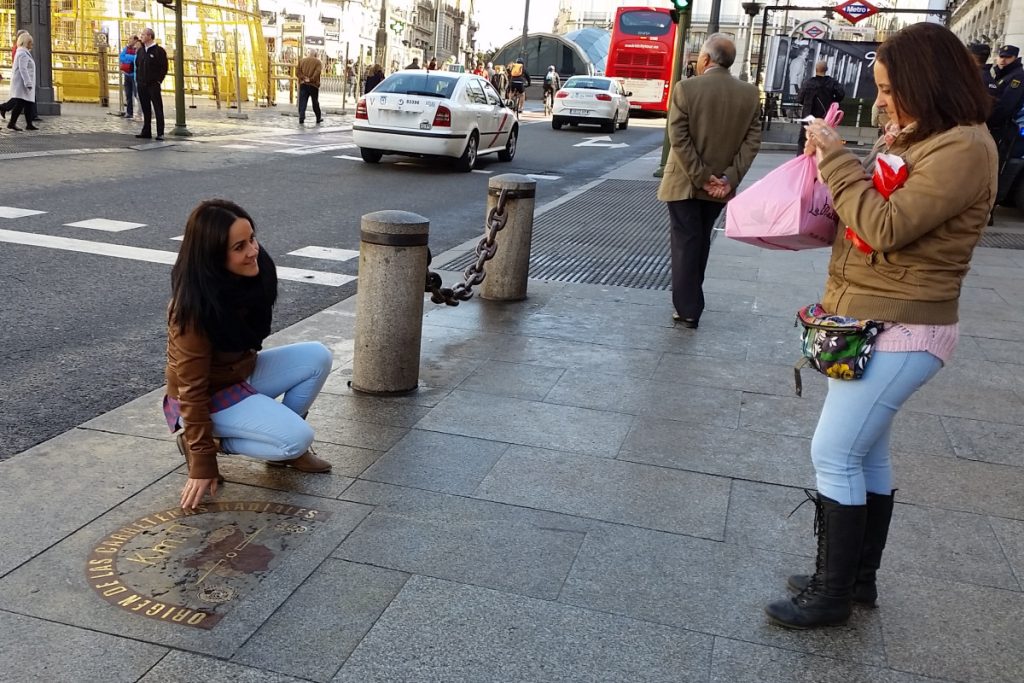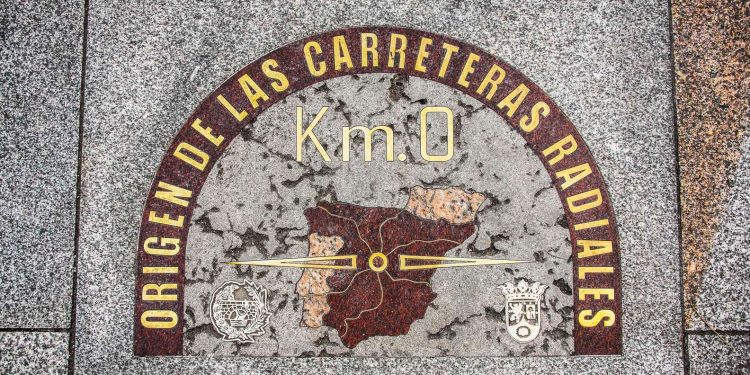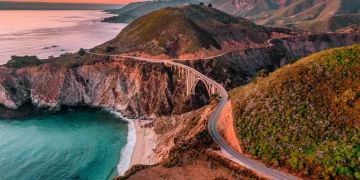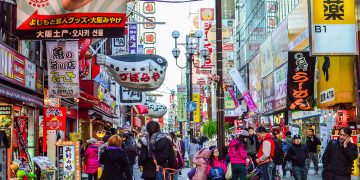Nestled in the heart of Spain, the capital city of Madrid stands as a testament to strategic foresight and urban design that has transcended centuries. It was in the 16th century that King Philip II of Spain, driven by strategic considerations, decided to establish the capital in the central region of the country. This chosen spot was Madrid, a mere village at the time, yet its geographical location was imbued with strategic significance. King Philip II’s rationale was crystal clear: an enemy wishing to claim Spain would first have to seize its capital. Placing the capital at the nation’s core would require adversaries to expend vast resources to reach it, thereby granting precious time to defend the city. Fortunately, following Madrid’s elevation to the capital, no foreign invasions ensued, allowing the city to channel its resources into construction and development.
The city’s urban planners envisioned a new focal point for Madrid, a central plaza that would become the heart of civic celebrations—the Plaza Mayor, also known as Puerta del Sol. Moreover, at the center of this plaza, a unique point was established, not perched upon a gate but embedded in the ground of the square itself—the “Kilometer Zero” plaque.

The “Kilometer Zero” is the point from which six major Spanish highways radiate, starting from the Puerta del Sol and extending across the country like the blades of a six-leafed fan. This spiderweb of thoroughfares connects Madrid to the farthest corners of Spain, an infrastructure marvel visible on any map.
However, the ingenuity of Madrid’s city planners did not stop with mere functionality. To make the “Kilometer Zero” plaque an attractive tourist spot, it was given a name with a comedic twist: “Madrid’s Belly Button.” This whimsical moniker captures the essence of centrality—it signifies the heart of the nation, the core of the city, and the nexus of the plaza.
Travel agencies quickly latched onto this concept, advertising that stepping on Madrid’s Belly Button would bring good fortune. This catchy slogan drew thousands of tourists, especially during the peak travel month of August, when queues to step on the Belly Button would form, necessitating crowd control by nearby attendants.
The Belly Button has inspired a plethora of merchandise, from fridge magnets to keychains, postcards, and more, all available for purchase at nearby kiosks. A mailbox stands ready for tourists to send these mementos across the globe. These trinkets, modestly priced at just a euro or two, fly off the shelves during the tourist season, with thousands sold daily.
The Belly Button of Madrid, therefore, serves not only as a geographical anchor but also as a cultural phenomenon, symbolizing the convergence of history, urban planning, and modern-day tourism in the vibrant heart of Spain.





















